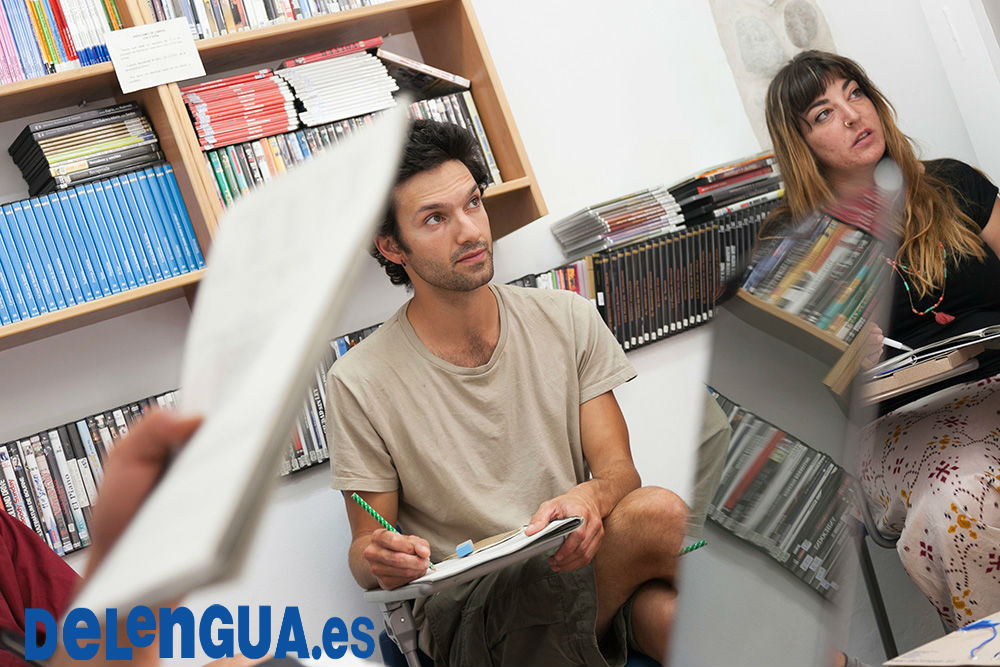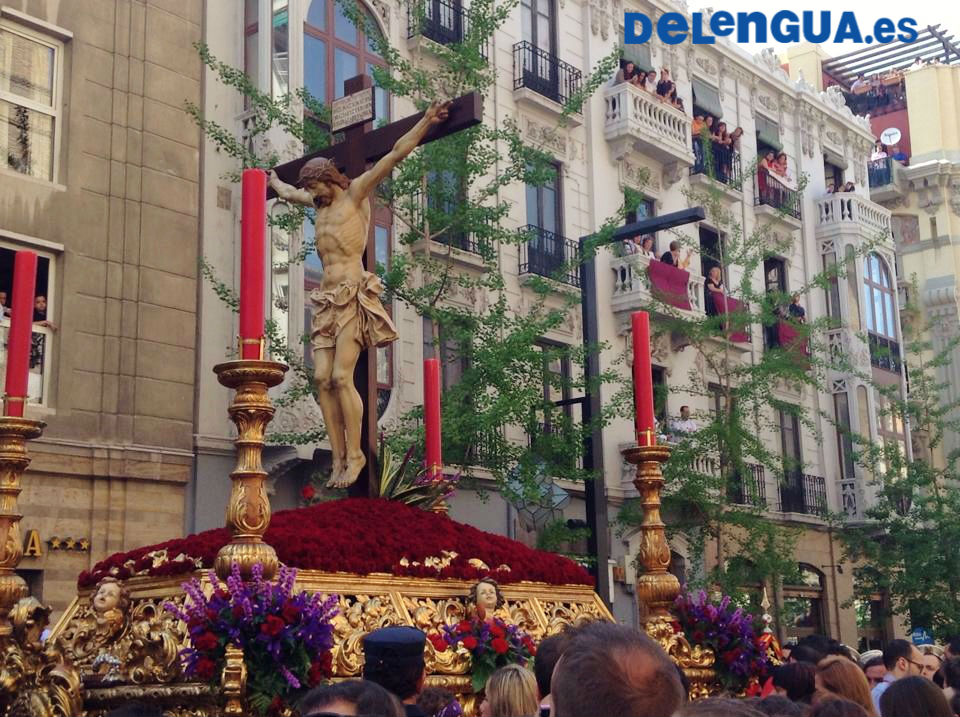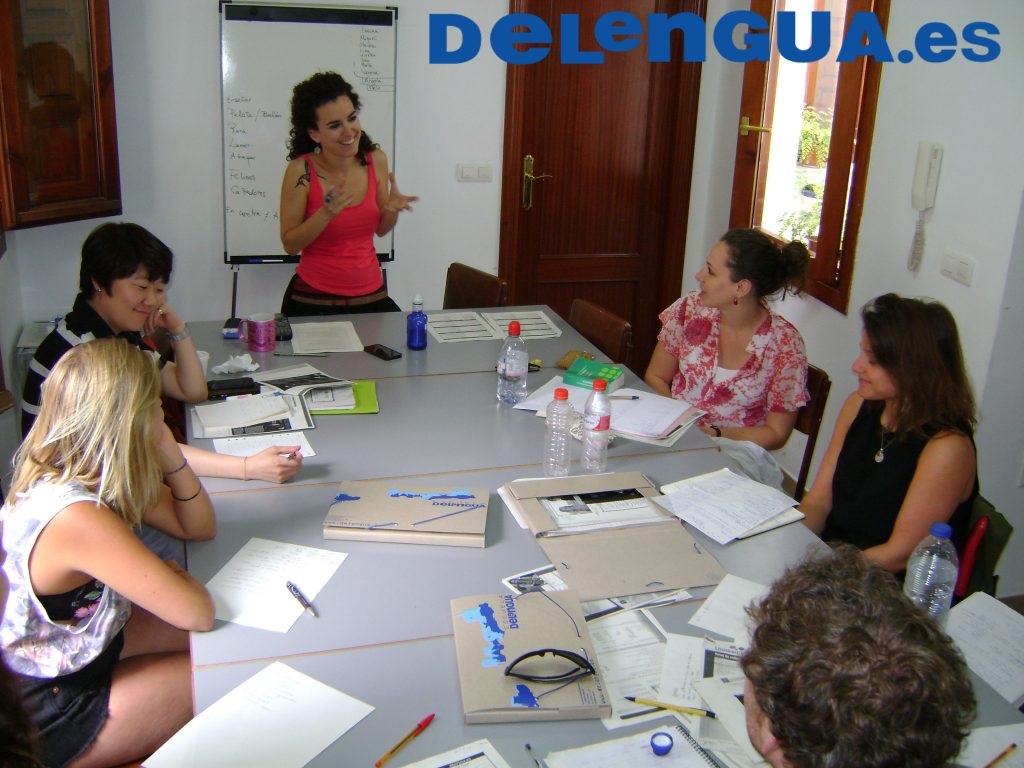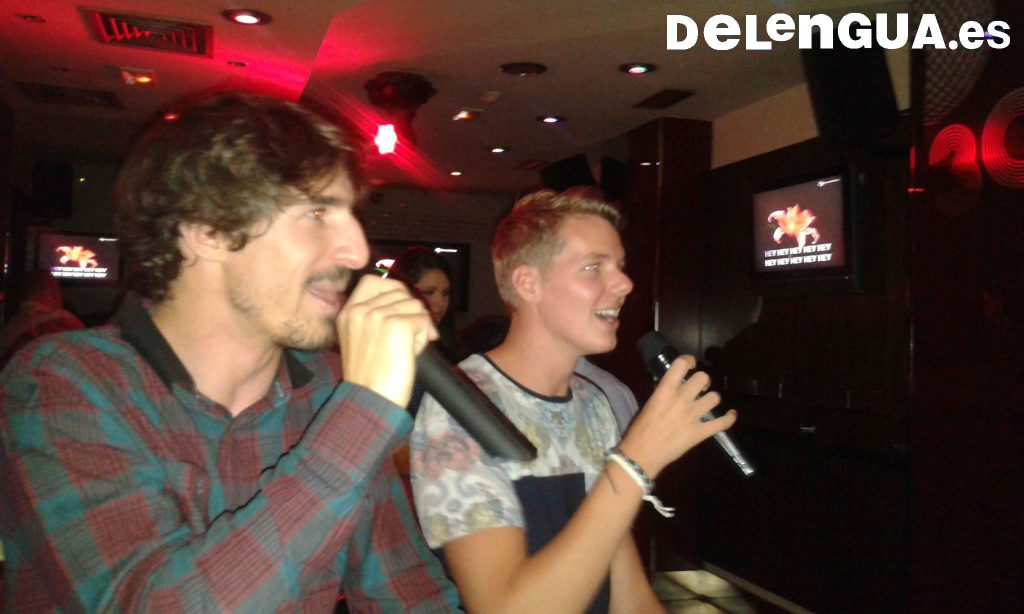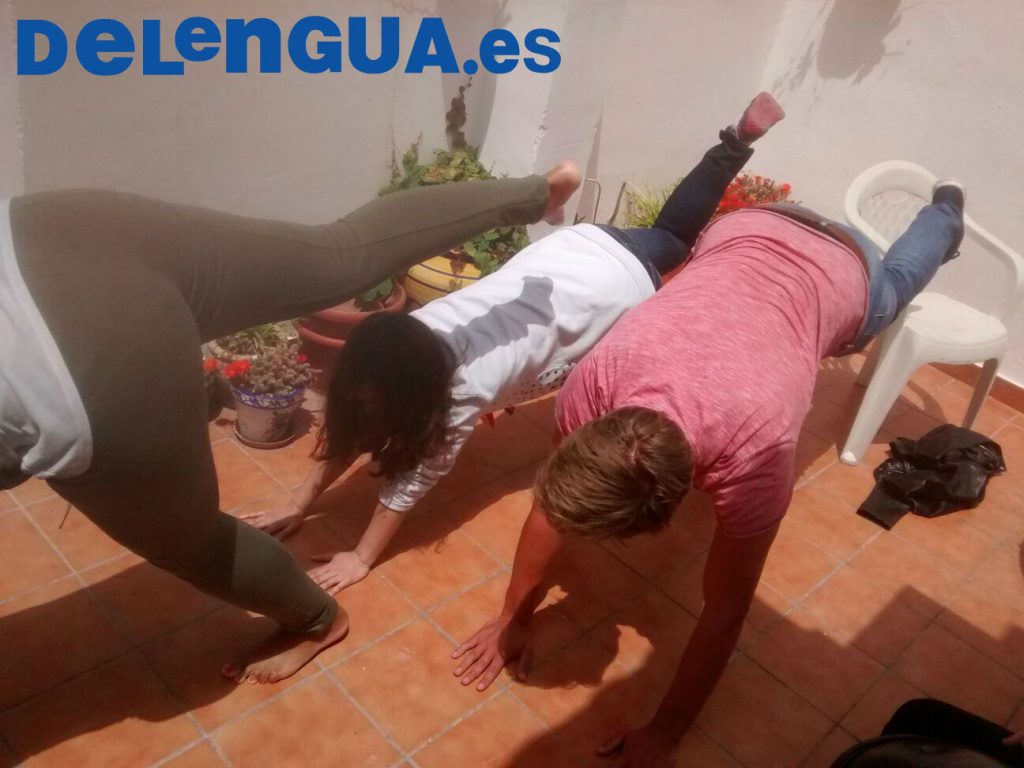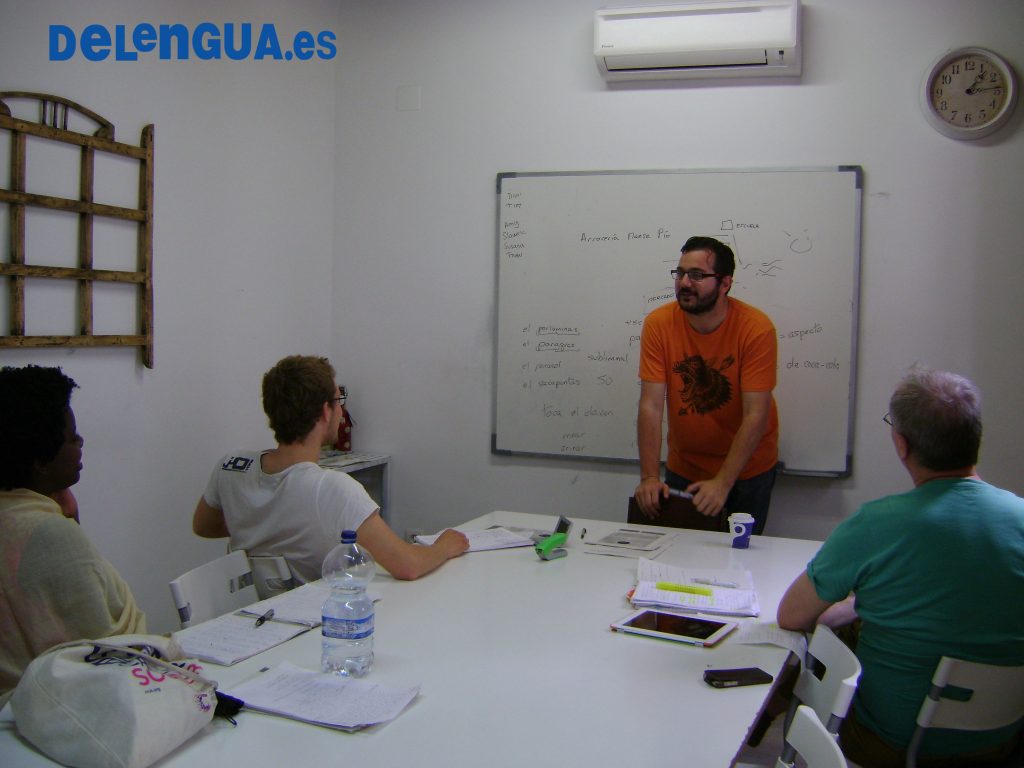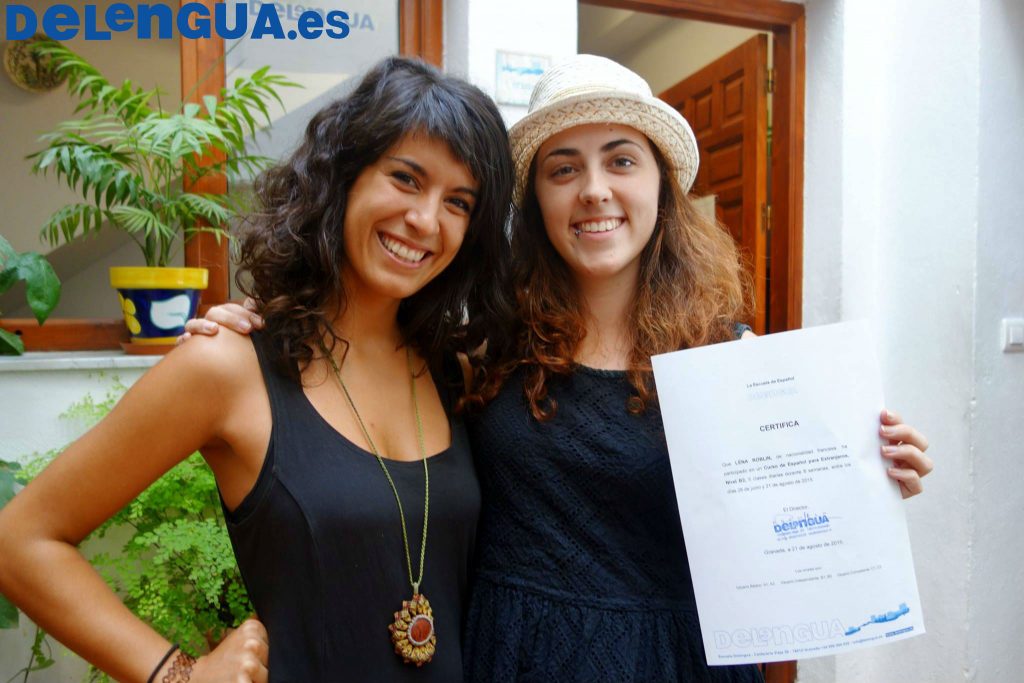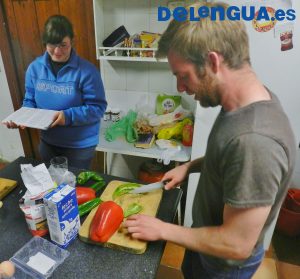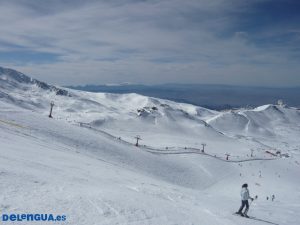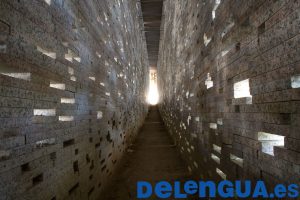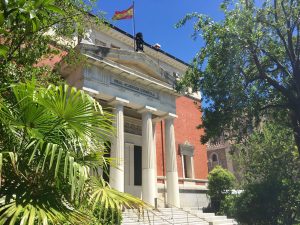
la Real Academia Española
| Español | English | |
|---|---|---|
| Limpia, fija y da esplendor es el lema de la Real Academia Española (RAE). Es un organismo que dedica a establecer reglas normativas para la lengua española y también vela por la unidad del español. La RAE trabaja con 21 Academias internacionales y en todos los territorios en que se habla español. Las normas que fija y que revisa regularmente, se publican en el Diccionario de la Real Academia Española (DRAE). Este diccionario contiene no sólo ortografía sino también gramática. El propósito es garantizar una norma lingüística común.
La Real Academia Española fue fundada en 1713 por iniciativa de Juan Manuel Fernández Pacheco, marqués de Villena y duque de Escalona. El propósito del duque era «fijar las voces y vocablos de la lengua castellana en su mayor propiedad, elegancia y pureza». Hoy este propósito es el primer deseo de la Academia. La RAE quiere limpiar la lengua española de malas influencias, como anglicismos, fijar unas normas generales y dar esplendor al mismo idioma. La RAE tiene la reputación de una organización conservadora. Una junta del gobierno revisa y supervisa su trabajo frecuentemente. Compuesta por académicos de todo el mundo, la influencia de la RAE es enorme. Por eso este control de un partido objetivo es necesario. La RAE y sus organizaciones colaboradoras influyen en la lengua española en todo el mundo. Si tú quieres saber más sobre nuestro idioma y la influencia de la Real Academia en el español de hoy ¡apúntate a un curso de español en la Escuela Delengua! Con nosotros vas a aprender español y te harás una idea de nuestra cultura. ¡Ven a Granada y a la Escuela Delengua! ¡Te ofrecemos el paquete completo de cursos españoles, estudios culturales y actividades educativas y también diversión! |
|
Cleans, sets, and casts splendour is the motto of the Royal Spanish Academy (RAE). It’s an organisation which dedicates to the standards of the Spanish language and also sticks up for an institutional Spanish. The RAE works together with 21 international academies and in every territory where they speak Spanish. The norms which are fixed and regulary controlled by them, are published in the Dictionary of the Royal Spanish Academy (DRAE). This dicitonary contains ortography as well as grammar. The intention is to assure a standard linguistic norm.
The Roayal Spanish Academy were founded in 1713 initiated by Juan Manuel Fernández, marquis of Villena and duke of Escalona. The intention of the duke was “to fix the voices and vocabulary of the Castellan language in their highest singularity, elegance and pureness”. Today this intention is the first wish of the academy. The RAE wants to clean the Spanish language of bad influences like anglicism, fix general standards and giv splendour to the same language. The RAE has a reputation like a conservative organisation. A governmental council controles and supervises their work frequently. As the RAE consists of academies from all over the world its influence is enormous. That’s why the control through a objective party is necessarily. The RAE and its colaborated organizations affect to the Spanish language all over the world. If you would like to know more about our language and the influences of the Royal Academy on the Spanish of today: Register for a Spanish Programme in the language School Escuela Delengua! With us you will learn Spanish and we will give you an idea of our culture. Come to Granada and to the language School Escuela Delengua! We offer you the whole package of language course, cultural studies and educational as well as fun activities! |




